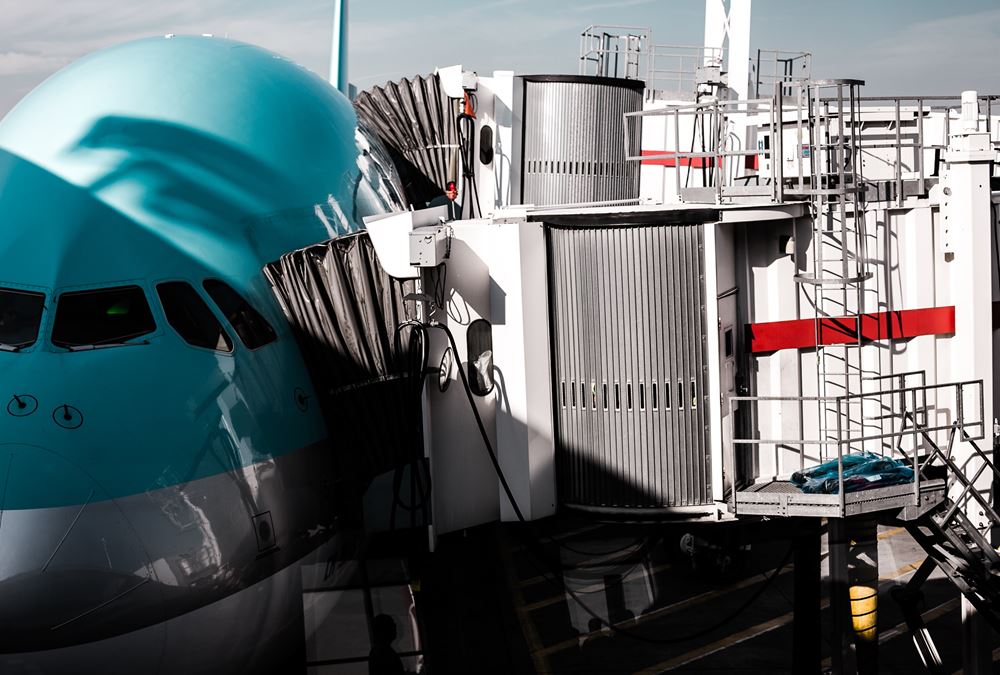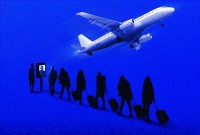- Home
- Business Processes
- Industry Knowledge
- Aerospace Industry
- Automotive Industry
- Banking Domain
- BFSI Industry
- Consumer/ FMCG Industry
- Chemicals Industry
- Engineering & Construction
- Energy Industry
- Education Domain
- Finance Domain
- Hospitality Domain
- Healthcare Industry
- Insurance Domain
- Retail Industry
- Travel and Tourism Domain
- Telecom Industry
- Leadership Skills
- eLearning
- Home
- Industry Knowledge
- Aerospace Industry
- Civil Aerospace - Commercial Simulation and Training
Civil Aerospace - Commercial Simulation and Training
Training people how to operate and maintain today’s sophisticated aircraft as well as on-board and ground support systems can be very complex and costly. To be effective, the training environment must accurately simulate the features and capabilities of the actual systems in a wide range of operating scenarios. Commercial modeling, visual simulation, flight simulation, and computer-based training are the key methods used by this subsector.
The commercial simulation and training subsector provides training and simulations to people on how to operate and maintain today's high-technology systems. This subsector includes three key products and services:
- Commercial modeling and visual simulation
- Commercial flight simulation
- Commercial computer-based training (CBT) and e-learning
Training people how to operate and maintain today’s sophisticated aircraft as well as on-board and ground support systems can be very complex and costly. To be effective, the training environment must accurately simulate the features and capabilities of the actual systems in a wide range of operating scenarios. Commercial modeling, visual simulation, flight simulation, and computer-based training are the key methods used by this subsector.
This industry provides the design and manufacture of large flight simulators, visual systems, and flight training devices. These firms also provide innovative aviation training solutions built around interactive devices and computer-aided learning systems. An optimum balance of training effectiveness and the lowest possible cost is one of the key business drivers for this subsector.
Industry Players:
Notable players and manufacturers in the commercial simulation and training subsector include:
- AXIS Flight Training Systems (Austria)
- CAE Inc., (Canada)
- FlightSafety International (FSI) (United States),
- Frasca International, Inc.
- Havelsan (Turkey)
- Indra Sistemas in Spain
- L-3 Communications - Link Simulation & Training Division
- Mechtronix Systems (Canada)
- Rockwell Collins
- Thales Training & Simulation (France and UK)
Industry Analysis & Trends:
The global aircrew training market is roughly 20 times the size of the simulator market itself. Today every aviation training operation is faced with cost challenges, increased competition, changing regulations, and the need to increase pilot throughput. Flight training devices (FTDs) are a proven, effective way to lower the cost of aircrew training. The future focus of aviation training will be on improving the effectiveness of the classroom learning environment for pilots and maintenance crews. As well, much of what is currently being done in the classroom will be delivered via distance learning over the Internet.
The future recovery of the global airline industry will accelerate the entry of new aircraft types into the fleets of the world’s major airlines as older models are retired. This introduction of new aircraft, along with the demand for aircraft to service emerging markets in China and elsewhere, will drive increased demand for simulation-based training of aircrews, maintenance personnel, and ground operators. Reducing the cost of flight simulation and training will be the key to market growth. The industry also needs to implement and provide solutions that can accommodate the ramifications of changing and new regulatory requirements.
Related Links
You May Also Like
-
Civil Aerospace Sector - Sector Profile
In this article, we will discuss the four important sub-sectors of the Civil Aerospace Sector namely “Civil Aircraft Manufacturing”, “Commercial Avionics”, “MRO” and “Commercial Simulation & Training”.
-
Civil Aerospace: Maintenance, Repair & Overhaul (MRO)
This subsector under the civil aerospace industry includes the maintenance, repair, and overhaul (Known as MRO) of civil aircraft and aircraft components. This includes line and heavy maintenance of civil aircraft, as well as repair and overhaul of all parts of an aircraft, including engines, electronic components, and avionics, instruments, and aircraft structures.
-
Civil Aviation Sector – A brief History
The civil aviation sector has transformed itself during the last hundred years. There has been massive technological development in passenger traffic and comfort and now the civil aviation industry accounts for approximately 30% of the overall aerospace industry. A brief account of civil aviation history is presented in this article.
-
Key Sectors of Aerospace and Defense Industry
Understand the categorization of the aerospace industry to various sectors based on the services it currently provides. Understand the key constituents under these sectors and activities under each of these sectors.
-
Application of Aviation in Military – A Short History
Aerospace is an industry that has a history of about a century in the defense space. This article discusses how the historic flight of the Wright brothers in 1908 gave birth to the aerospace defense industry that today employs 850K people in the US only.
-
Civil Aerospace: Commercial Avionics Industry
Commercial avionics refers to cockpit electronics and airborne equipment, although it doesn't include antennas, recorders, or other passenger-only cabin systems. Avionics is referred to denote the electronic systems that are utilized in aircraft.
-
Challenges in the Aerospace and Defense Industry
New market dynamics are dramatically changing the way A&D companies serve their customers, collaborate with partners, and take ideas and solutions to the market. Given below are several vitally important challenges that are currently confronting the aerospace and defense industry and strategies to mitigate them.
-
Civil Aerospace - Commercial Simulation and Training
Training people how to operate and maintain today’s sophisticated aircraft as well as on-board and ground support systems can be very complex and costly. To be effective, the training environment must accurately simulate the features and capabilities of the actual systems in a wide range of operating scenarios. Commercial modeling, visual simulation, flight simulation, and computer-based training are the key methods used by this subsector.
-
An overview of the Aerospace Industry. A brief account of how modern aerospace began way back with Sir George Cayley in 1799 and the success story of the Wright Brothers to today's massive international airspace developments.
-
Aerospace Industry: The Business Model
In this article, we will discuss the value chain of the Aerospace Industry and will define the generic business model to understand the key process areas in the aerospace industry. This will provide you with a basic understanding of key activities in the industry.
Explore Our Free Training Articles or
Sign Up to Start With Our eLearning Courses

About Us
Learning
© 2023 TechnoFunc, All Rights Reserved









